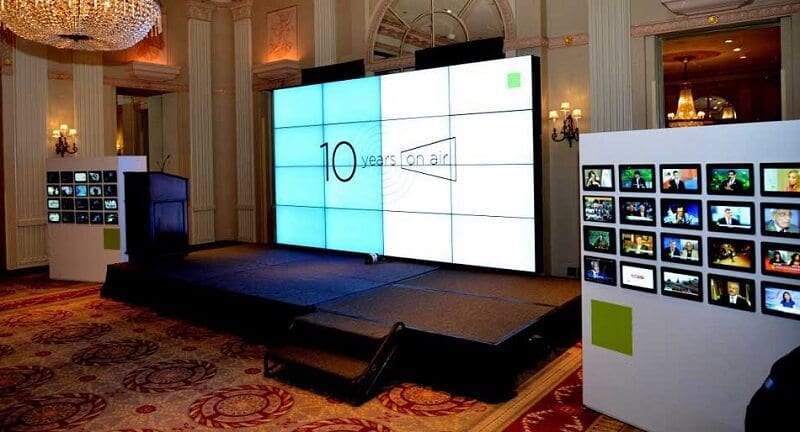Exploring the Crucial Factors That Affect Hue Consistency in Light Emitting Diode Wall Screens for Ideal Visual Output
Exploring the Crucial Factors That Affect Hue Consistency in Light Emitting Diode Wall Screens for Ideal Visual Output
Blog Article
Color uniformity in LED wall screens is essential for attaining optimal optical performance. LED wall screens are commonly used in multiple settings, including concerts, conferences, and advertising displays. When the colors on these panels are uniform, they create a more captivating and enveloping experience for audiences. Several critical elements influence color consistency, including the quality of the light-emitting diode components, tuning processes, and surrounding factors.
The caliber of the LED elements plays a significant role in color uniformity. Various types of light-emitting diodes emit light at different frequencies, which can influence the overall color result. Premium light-emitting diodes are engineered to generate a more uniform light spectrum, resulting in better hue precision. Additionally, the production process of these LEDs can affect their functionality. Screens made with high-grade materials and technology tend to have fewer color variations, ensuring that the displayed pictures and footage look lively and faithful to life.
Tuning is another essential factor in preserving color consistency in light-emitting diode wall screens. Calibration entails modifying the settings of the screen to make certain that the hues displayed align the desired design. This procedure can include adjusting brightness, contrast, and hue equilibrium. Regular tuning is essential, especially in environments where lighting conditions vary often. By calibrating the panels, specialists can fix any discrepancies in hue result, resulting to a more uniform viewing encounter.
Surrounding conditions also affect hue consistency in LED wall panels. Factors such as ambient light, heat, and moisture can affect how colors are perceived. For example, intense surrounding light can wash out colors, making them appear more helpful info more lively. Similarly, harsh temperatures can affect the functionality of the light-emitting diodes, leading to color shifts. To reduce these problems, it is essential to place light-emitting diode wall panels in managed settings where lighting and temperature can be managed efficiently.
Lastly, the layout and layout of the LED wall panels can impact color uniformity. The arrangement of the panels, as well as the distance from which they are observed, can create differences in hue recognition. When panels are arranged too far apart or at varied angles, viewers may notice discrepancies in hue. To obtain the best visual performance, it is important to consider the positioning and arrangement of the screens during setup. By tackling these elements, operators can guarantee that their light-emitting diode wall screens deliver a consistent and high-quality visual experience.